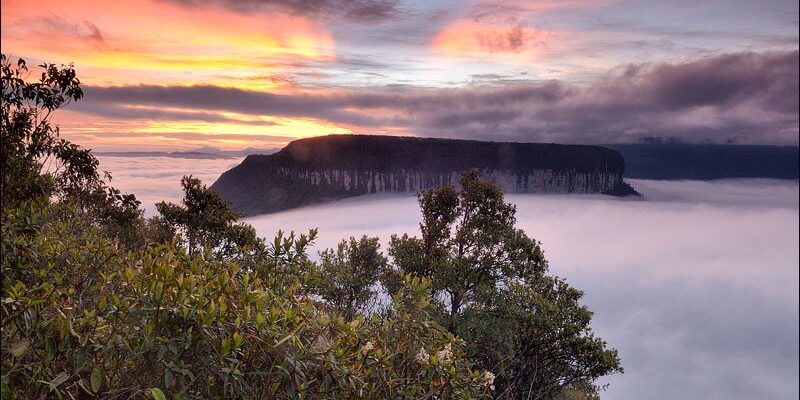Canaima National Park
Canaima National Park is Venezuela’s second largest natural reserve, located in the southeast of the country, near the border with Brazil and Guyana. The tropical reserve covers an area of 30,000 km² and serves to preserve the natural diversity of flat-topped mountains – tepui. The Canaima National Park was created in 1962. It has been a UNESCO World Heritage Site since 1994.
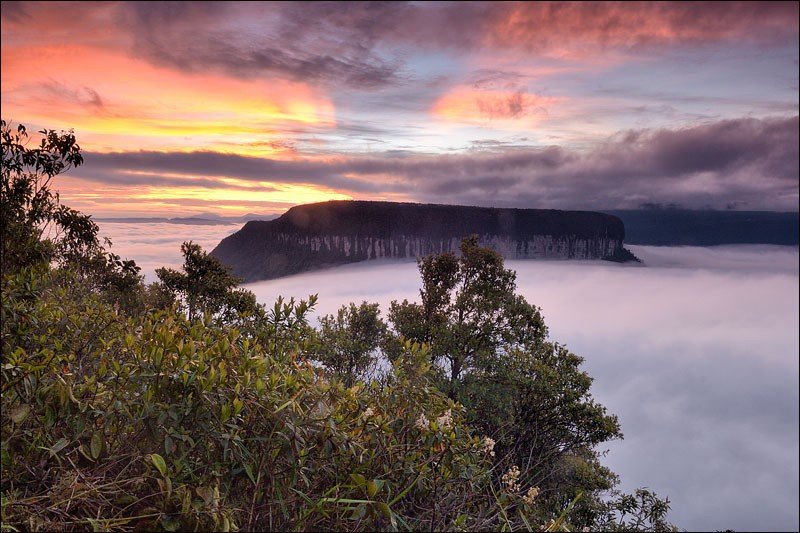
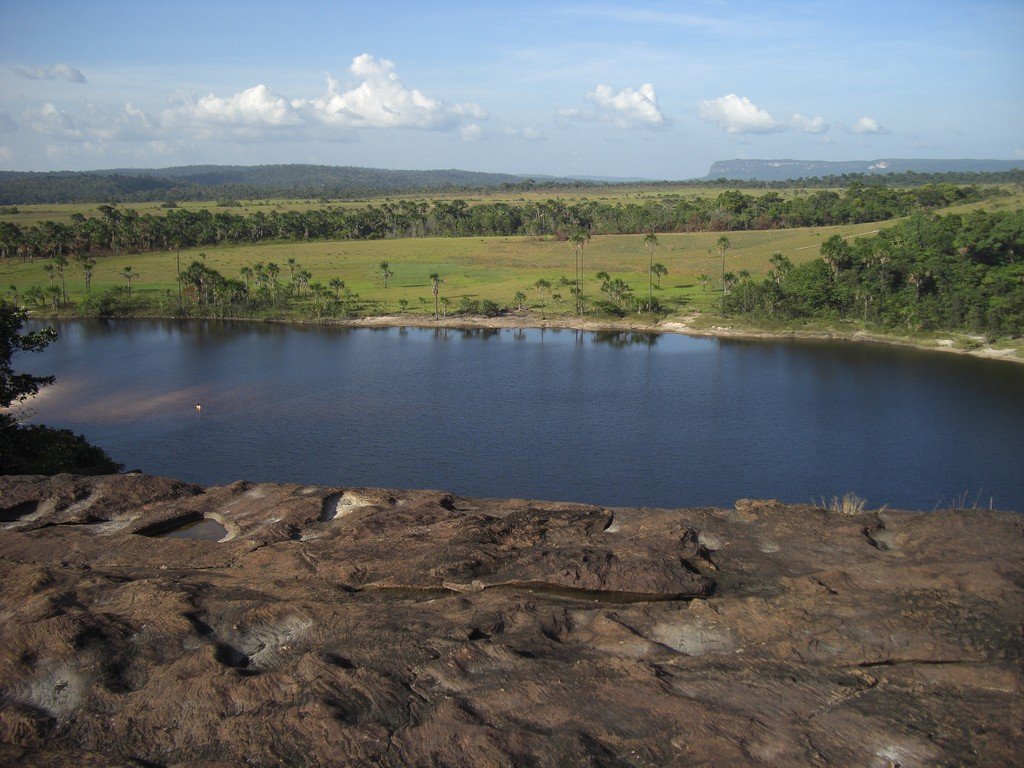
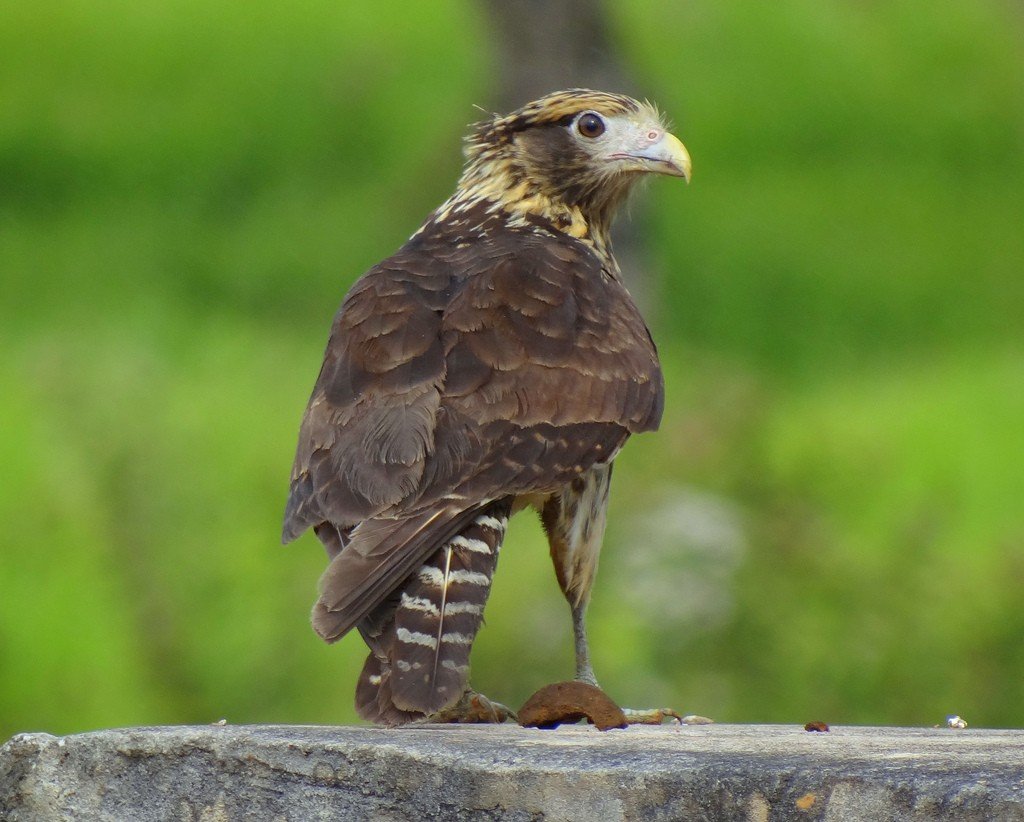
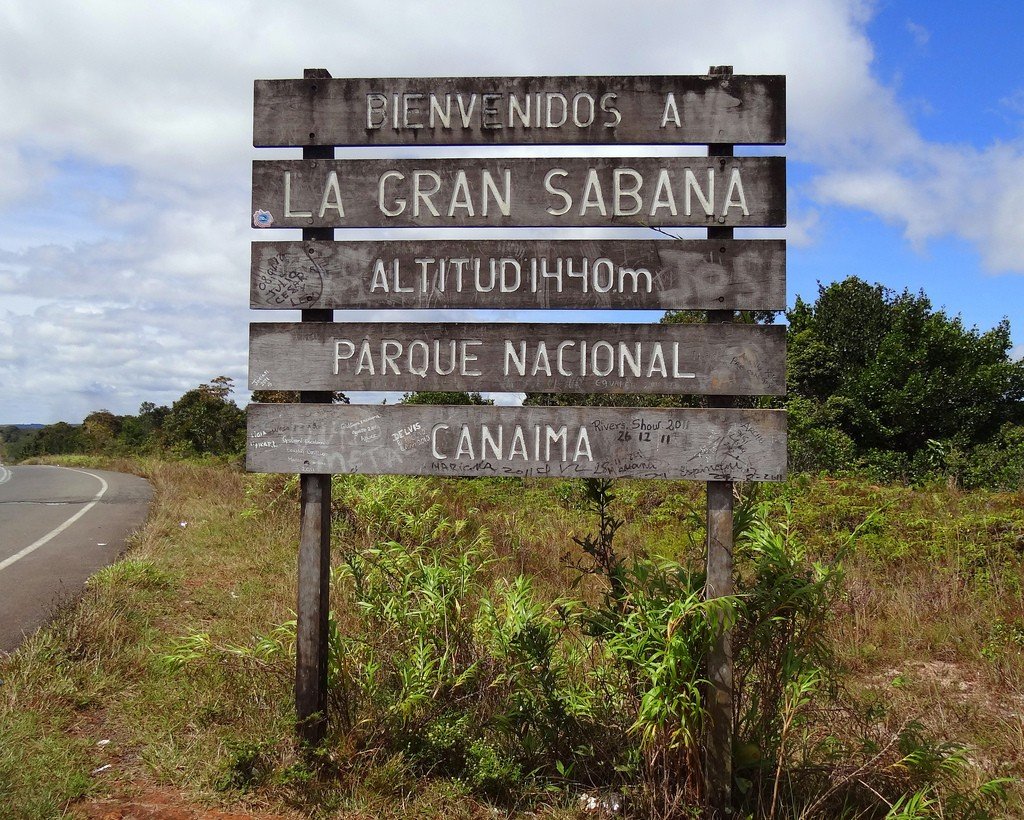
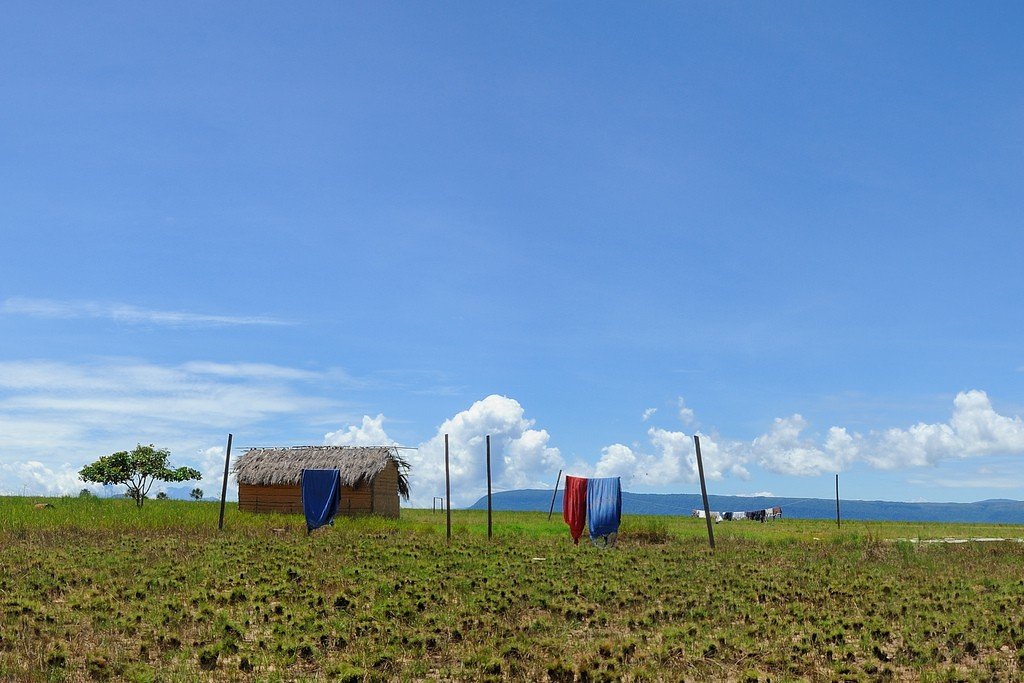
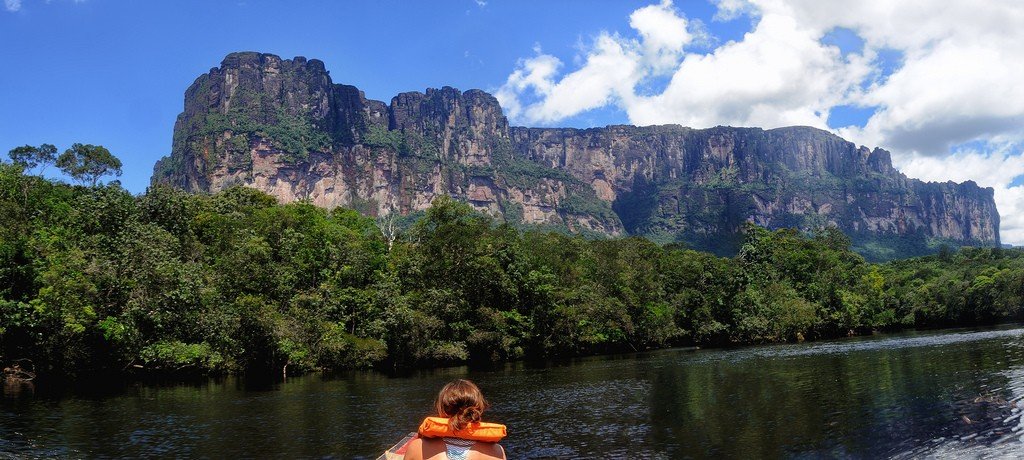
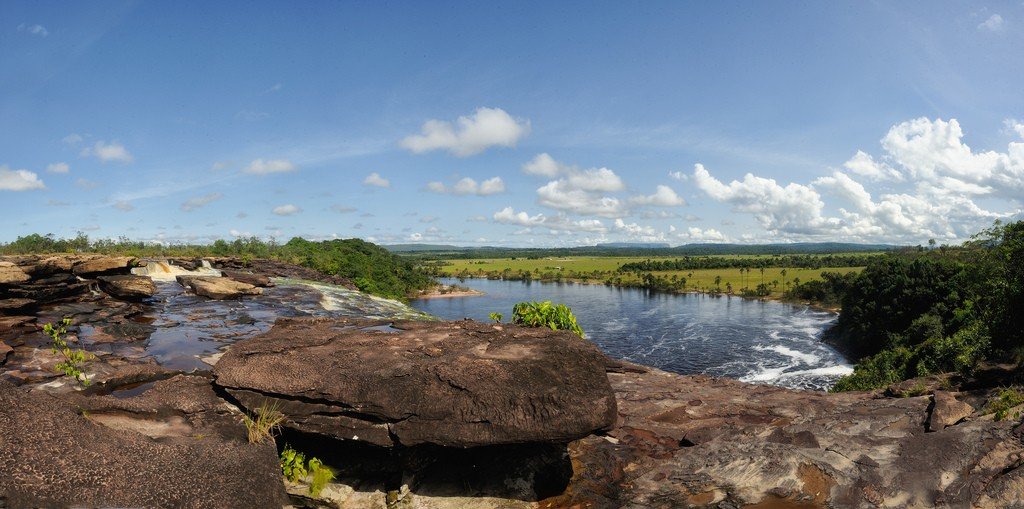
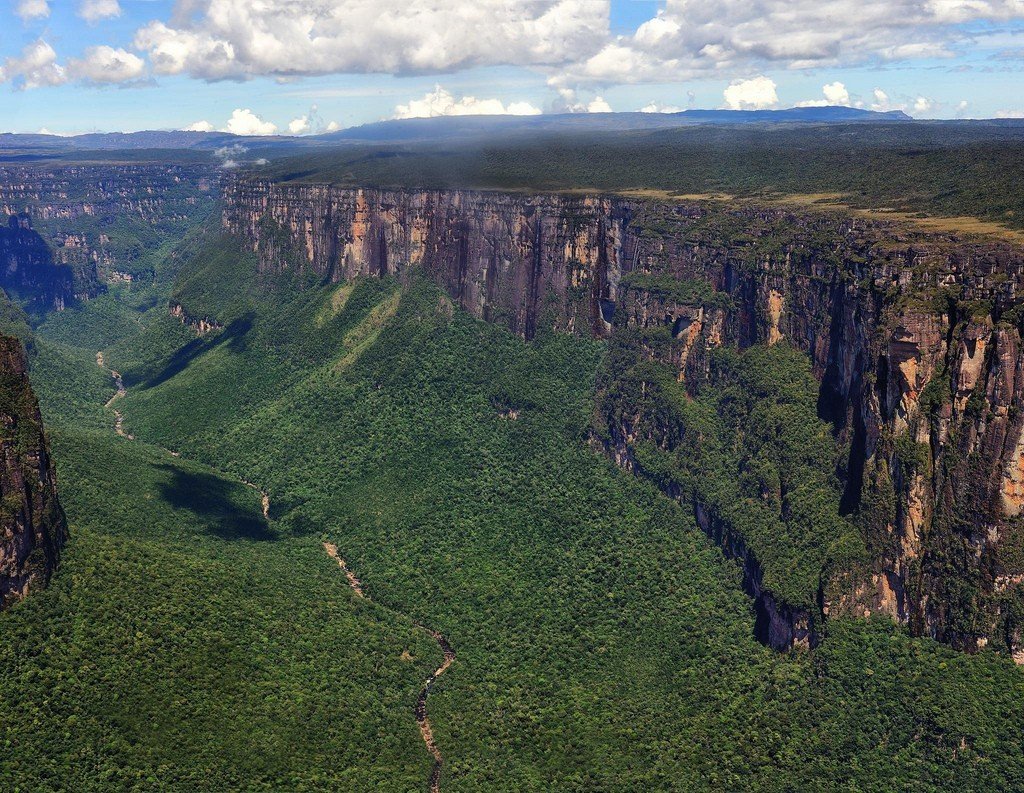
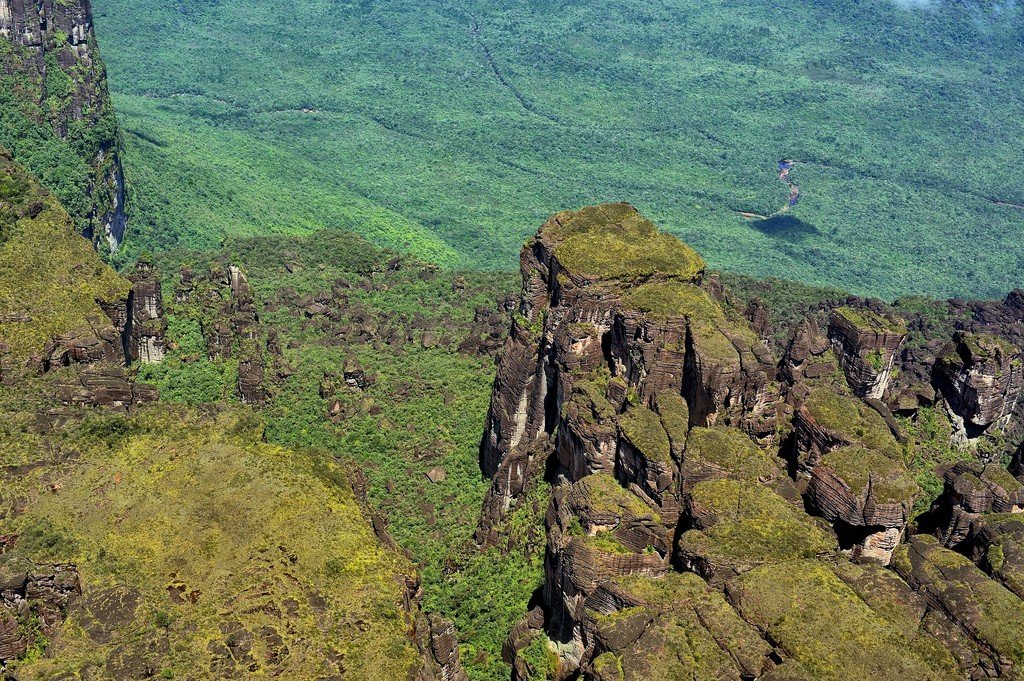
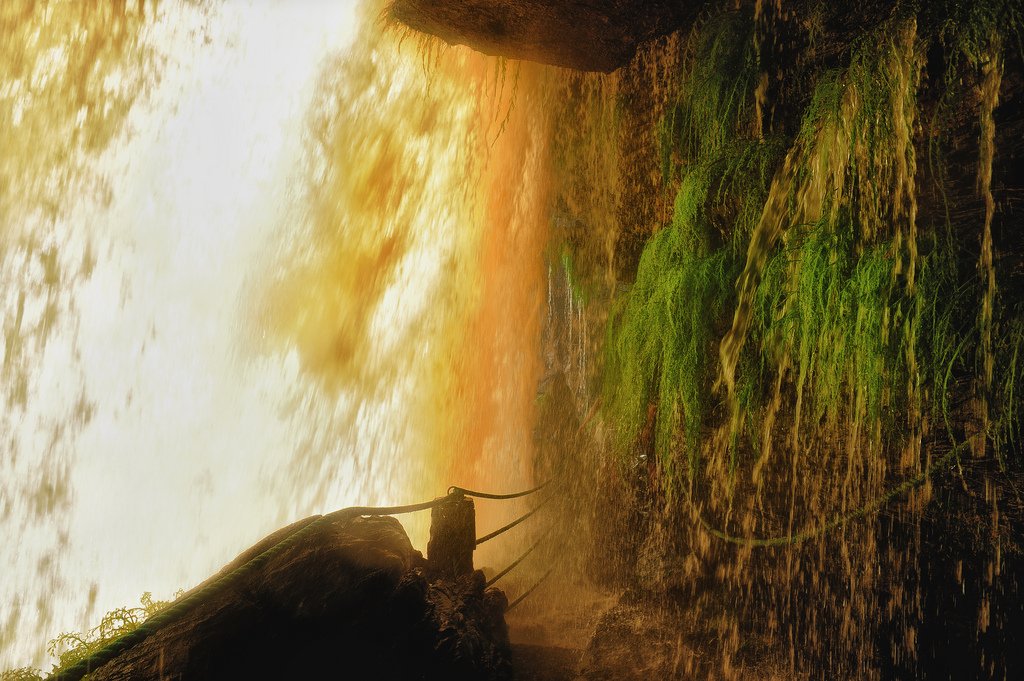
Video: Canaima National Park
ContentsHighlights
The unique nature reserve is very popular with tourists. People travel to Canaima Park to climb mysterious tepuis, admire deep canyons and see endemic species of tropical plants and rare animals. Most travelers visit near the world’s highest waterfall, Angel Falls.
.The reservation is off the roads, so the park is traveled on foot, by boat, or in traditional Indian canoes “curiaras”. Small aircraft are used for long-distance travel. The village of Canaima is located in the western part of the park, and Santa de Huiren and Puerto Ordaz are located in the eastern part.
.
Canaima is the homeland of the Pemon Indian tribe. Since ancient times, members of this nation have revered the flat mountains and believed that the tepuis were the home of the “mawari” spirits. These days, most of the Pemons who inhabit the reservation are busy serving tourists and trading souvenirs.
.Tepuis of Canaima National Park
Canaima National Park has become famous because of its high plateaus. Translated from the Native American language, “tepui” means “house of the gods.” The Table Mountains were formed from sandstone in the distant times when Africa and South America were a single continent. The most famous tepuis in the park are Roraima and Auyantepui.
.In the 19th century, the Venezuelan mountains were explored by Robert Hermann Schomburgk. His account of his attempt to conquer Mount Roraima inspired Conan Doyle, and the writer created the famous novel “The Lost World.”
.The valleys and slopes of the tepuis are home to giant anteaters, monkeys, armadillos, three-toed sloths, jaguars, pumas, porcupines, otters, capybaras and tapirs. Canaima’s rainforests are home to black-necked sun hummingbirds, rock-cockerels, king vultures, singing thick-billed wrens, banana warblers and blue-cheeked amazons. According to scientists, many of the plants growing on the plateau-like uplands are found nowhere else in the world.
.
Angel Falls
The world-famous Angel Falls plunges down from the Huyantepui Plateau, whose name means “Devil’s Mountain”. The water falls from a height of 979 meters and makes such a long way, that to the gorge of the Kerep River do not reach the jets, but only the tiniest water mist.
.Venezuela Falls was named after pilot James Angel. In 1935, he was flying through Canaima, his plane broke down, and the pilot was forced to land near the majestic waterfall on the mountain. The pilot and his companions had to descend on foot. The journey through the tropical jungle to the nearest village was very difficult and took 11 days.
.
Nowadays, many tourists come to see the giant waterfall. The attraction is located in the western part of the Canaima National Park. Travelers are brought to Angel Falls by plane from Caracas, Ciudad Bolivar, Margarita, Santa Elena de Huayres and Puerto Ordaz. The flight from Caracas lasts an hour and a half and, depending on the capacity of the aircraft, costs $300-350.
.Tourist Information
Typically, the starting point for traveling to Canaima National Park is the city of Ciudad Bolivar. From there, travelers get to the reserve by small aircraft. A one-day tour to Angel Falls takes one day and costs $110. Three-day tours to the reserve can be purchased for $300-$350 in Ciudad Bolivar.
.Not far from Angel Falls, on the banks of a lagoon in the overflow of the Carrao River, is the village of Canaima. Upon arrival at the village’s airport, tourists must pay a fee to visit the reserve and show proof of yellow fever vaccination.
.
There are eco-hotels and campgrounds in Kanaime. They are tourist complexes of small palm houses harmoniously blended into the surrounding landscape. There are restaurants and cafes in the eco-hotels and campgrounds. All accommodation is equipped with electricity, bathrooms with hot water and mosquito nets. Tourists who book rooms and cabins in Canaima are offered airport pickup, transfers and meals, and those who wish can use the services of a guide.
.How to get there
Canaima National Park is located within the Venezuelan state of Bolivar. You can fly into the reserve from Caracas, Ciudad Bolivar, Puerto Ordaz, Porlamar, Puerto Ayacucho, San Cristobal, San Antonio del Táchira, and Santa Elena de Huayres. There are the most flights from Ciudad Bolivar.
.Small airplanes fly to the village of Canaima. Some travelers reach the national park by boat from the Orinoco River Delta.
.
